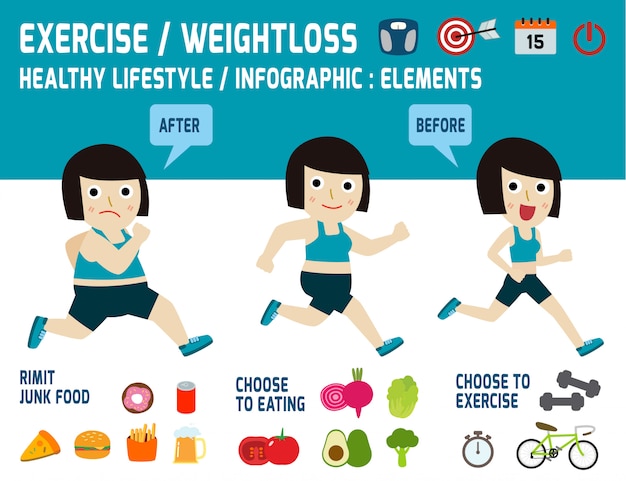Blue Cross Coverage Cold Laser Therapy Guide
Blue Cross Coverage Cold Laser Therapy Guide
Blog Article
What to Anticipate Throughout a Cold Laser Technique Session
Cold laser therapy is a non-invasive, pain-free treatment that helps reduce swelling and improves cell regeneration. It is a safe choice to invasive treatments and usually has instant results.
Laser photons initiate a domino effect of chain reactions within the cell that lower discomfort, swelling, and speed up healing. It increases blood flow to the location by causing vasodilation.
What to Expect
Cold laser treatment is a non-invasive therapy that makes use of low-level laser light to penetrate deep into damaged cells, activating cell function on numerous degrees to promote tissue recovery. This helps reduce pain and swelling, while advertising muscle contractions and regrowth.
Throughout a session, you'll sit or lie down pleasantly and the professional will mark the locations on your body that requirement to be treated. The expert then uses a tiny handheld tool with the laser to the area. During the therapy, you may really feel a small tingling or heat in the area of your injury.
Prior to starting treatment, it is necessary to clean up the area of your injury and get rid of any type of jewelry or various other objects that can obstruct of the laser's path. It's likewise necessary to stay clear of any type of combustible materials that could be in the area of the laser light beam. This will ensure your security and the performance of the treatment.
Preparation
Cold laser treatment functions by shining light on the surface of your skin. The light is soaked up by the top layer of your skin and after that promotes the cells to generate energy that promotes recovery.
Throughout the therapy, you may feel a cozy or prickling sensation in the area that is being dealt with. This is entirely typical, though you need to allow the professional understand if the feeling is awkward or also solid.
This treatment has a great deal of assurance for helping individuals with stressful brain injury (TBI). The treatment is non-invasive and does not have any negative adverse effects. Nonetheless, even more research is needed to figure out the optimum therapy protocol. The best method to figure out if you are a candidate for this type of therapy is to speak with an experienced physiotherapist. They will have the ability to assist you figure out if cool laser treatment is right for you.
The Therapy
Once the practitioner has properly positioned you for treatment, they will then put the cold light therapy cold laser device on the injured area. They may keep it on for 30 secs or longer, depending on the size of the injury and its sensitivity. They will certainly make use of safety safety glasses to make certain that the laser does not straight strike the eyes, and they will certainly make sure that you are protected from any glow that can take place.
You might really feel a mild prickling experience on the location that is being dealt with, yet it will certainly not be undesirable or agonizing. This is an indication that the laser is working to promote the healing process in the affected cells.
The majority of individuals experience discomfort relief within a few sessions, with some seeing lasting results also after numerous months of therapies. It is very important to note that LLLT is not implied as a sole therapy for any kind of persistent pain condition and it should be coupled with various other restorative methods in order to accomplish maximum results.
Post-Treatment
After you lie down or rest, the expert will certainly utilize a wand with a series of light-emitting diodes to target your discomfort website. You will wear safety eye safety glasses, and the laser may be held on your skin for 30 to one minute. You might feel a gentle, soothing experience throughout the treatment.
The photons from the laser penetrate deep right into your cells, setting off a healing feedback on a mobile level. Unlike other forms of laser therapy, this low-intensity technique does not create warmth.
Some research studies have revealed that chilly laser therapy works in treating a number of problems, including chronic discomfort and wounds. However, it is much less commonly accepted as a typical clinical practice, and it isn't covered by several medical insurance plans. In addition, it is not suggested to be used over any kind of questionable malignant sores or carcinomas or on expectant ladies. You ought to constantly talk to your oncologist before seeking this type of therapy.